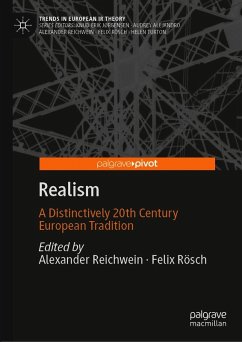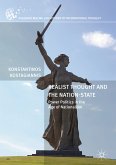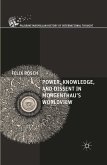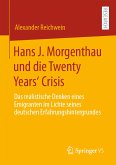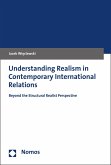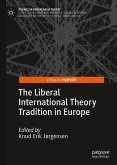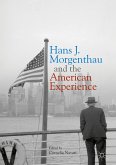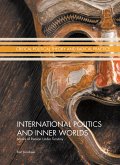This book examines how IR's European realist tradition evolved in Europe and, due to emigration, in the United States in the 20th century. It includes an introduction and eight chapters, focusing on historical classical and contemporary structural branches of realist IR theorizing in historical and political contexts in which realist thinking did develop. It reminds us of realist key figures, such as Edward H. Carr, John H. Herz or Hans J. Morgenthau, but also of almost forgotten realists such as Raymond Aron, Stanley Hoffmann or Nicholas J. Spykman. Given IR mainstream textbooks introducing realism as a conservative American Cold War theory, this selection aims to reintroduce realism as a primarily and distinctively European, liberal, normative and critical tradition. A tradition that is almost always misunderstood as a guide for practitioners how to maximize or at least preserve power in the name of the national interest no matter the cost, but that is in factan argument against reckless and crude power politics, ideology and totalitarianism. This book is an invaluable resource for scholars, practitioners and students interested in the realist tradition in IR.
Alexander Reichwein is Lecturer in International Relations at the Department of Political Science at the Justus-Liebig-University Giessen, Germany.
Felix Rösch is Associate Professor in International Relations at Coventry University, UK.
Dieser Download kann aus rechtlichen Gründen nur mit Rechnungsadresse in A, B, BG, CY, CZ, D, DK, EW, E, FIN, F, GR, HR, H, IRL, I, LT, L, LR, M, NL, PL, P, R, S, SLO, SK ausgeliefert werden.

